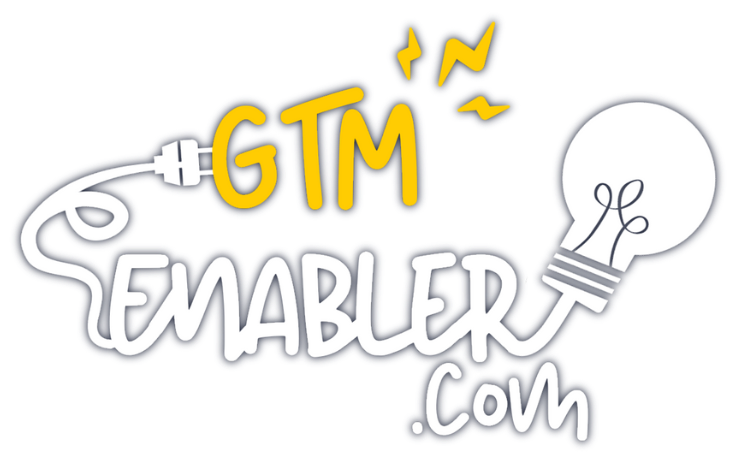Quantifying Success: Essential Metrics for Sales Training Programs
Are you struggling to determine if your sales training program is working? You're not alone. Measuring the success of a Sales Training Program can be tricky, but it's crucial for understanding your ROI and ensuring your efforts are effective. That's why we've put together a list of essential metrics you can use to confidently drive revenue success.
LEADING INDICATORS:
Leading indicators in sales metrics are early warning signs that provide insight into future sales performance. By monitoring and analyzing these metrics, sales teams can proactively adjust their strategies to improve overall sales outcomes.
Time to Productivity of New Hires: How long does it take for new sales reps to become productive and close their first deal? A shorter time to productivity means your training program is more effective.
Training Completion Rate: How many sales reps complete your training program? A high completion rate indicates your program is engaging and effective.
Certification and Exercise Pass Rates: What percentage of sales reps pass training program certifications and exercises? Higher pass rates suggest your program is effective.
Sales Tool Adoption and Usage: How many sales reps use your sales tools regularly? High adoption rates suggest your sales reps are finding value in your tools.
Sales Process Questions: How many questions do sales reps ask about your sales process? Fewer questions indicate your training program is more effective.
New Deal Pipeline Volume: How many new deals are in your sales pipeline? An increase in the volume of new deals indicates your sales reps are applying what they've learned to improve lead generation conversion rates.
Activity Levels: How many calls, emails, and other sales activities do your reps perform? High activity levels suggest your training program is motivating, relevant, and prescriptive.
Sales Pipeline Velocity: How quickly do deals move through your sales pipeline? Faster deals indicate your training program is helping sales reps close deals faster.
Post-Training Feedback: Positive feedback from sales reps after completing your training program suggests that your program is effective and valuable. It's best to measure feedback immediately after a training session and a few weeks or months afterwards to get a holistic view of the learners experience.
LAGGING INDICATORS:
Lagging indicators are sales metrics that measure the results of past actions and performance. These metrics provide insights into how successful sales reps have been in the past. By analyzing these metrics, sales teams can identify areas where they may need to improve their performance in order to achieve better results in the future.
Average Sales per Rep: How much revenue does each sales rep generate over a set period of time? An increase in the average sales per rep indicates your training program is helping sales reps close larger deals.
Number of Deals Closed: How many deals does your sales team close over a set period of time? An increase in the number of deals closed indicates your training program is helping sales reps close more deals, quicker.
Sales Rep Retention Rate: What percentage of sales reps remain with your company over time? High retention rates indicate your training program is helping retain top sales talent by setting them up for success.
Sales Cycle Length: How long does it take for a sales representative to close a deal? A decrease in the average sales cycle length indicates your training program has improved the efficiency and effectiveness of the sales process.
Average Deal Size/Sales Price: What's the average size or value of each sale? An increase in the average deal size or sales price indicates your training program has helped sales reps
Product Lines Sold: What are the number of different product lines that a sales representative has sold? An increase in the number of product lines sold indicates the effectiveness of product value messaging training and means reps feel confident discussing the product with customers.
Customer Satisfaction Scores: How satisfied are customers? An increase in customer satisfaction scores suggests that your sales reps are effectively communicating the value of your product or service to customers and/or that your CS teams are best helping customers achieve their desired goals.
Customer Renewals: What percentage of customers renew their contract with your company? Even more than Satisfaction Scores, a high renewal rate suggests that your sales reps are effectively building long-term relationships and following best practices taught to achieve happy customers.
—
A well-designed Sales Training Program will undoubtedly drive revenue growth, if done right. To truly measure your program’s success, track these critical metrics from the programs on-set and leverage the results to make smart improvements over time.
Need help determining what metrics you should be measuring and how to best track the progress of your Sales Training Program(s)? Contact GTM Enabler for a free consultation today!
GTM Enabler provides emerging B2B software companies with highly customized Revenue Enablement services, covering: strategy, content, training, and more. With GTM Enabler's expertise, clients experience increased win rates, shorter sales cycles, and better go-to-market operations. Choose GTM Enabler as your trusted partner for accelerated business growth.

